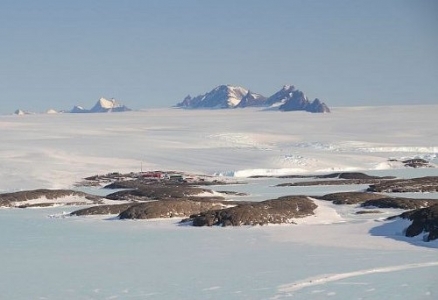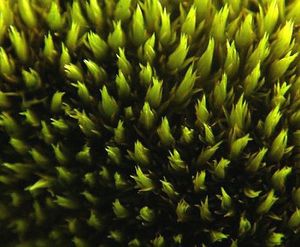Proposing Antarctic biogeographic regions
Proposing Antarctic biogeographic regions
An investigation into the biogeography of the Antarctic Continent has identified fifteen distinct regions on the continent and on its near-shore islands.
Antarctica divided into distinct biogeographic regions
The Australian Antarctic Division has released a study, published in Diversity and Distribution Journal, that examines the geography, geology, climate, flora and fauna of the ice-free areas of Antarctica and has indentified biologically-distinct Antarctic Conservation Biogeographic Regions.
The lead author and Australian Antarctic Division terrestrial biologist Dr Aleks Terauds, said this is the first time there has been a continent-wide assessment of the biogeography of Antarctica using all of the available biodiversity data.
“Previously terrestrial Antarctica has been divided into 2 main areas based on aspects like geography geology or specific types of biodiversity,” Dr Terauds said.
“The new research amalgamated 38,000 terrestrial records including the diverse biology such as microbes, invertebrates and plants. It revealed a complex ecosystem which can be divided into 15 very distinct and potentially delicate biogeographic regions which are characterized by different climates, landscapes and species,” Dr Terauds said.
Introduced species (Invasive species) are identified as one of the biggest threats to the Antarctic terrestrial ecosystems, particularly in a warming climate.
“With about 40,000 people visiting Antarctica over a summer, as tourists, scientists or station support personnel, there’s the potential more species will be accidently transferred to and within Antarctica.”
“While quarantine procedures are already in place for inter-continental travel, such as cleaning clothing and equipment before arriving in Antarctica, there are less biosecurity measures for intra-continental movement,” he said.
“The Antarctic Conservation Biogeographic Regions represent an important basis for biosecurity measures to manage the risk of species, including species native to Antarctica, being transferred from one biogeographic zone to another.”
The collaborative effort, which involved scientists from Australia, South Africa, New Zealand and the UK identified the 15 areas as:
- North-east Antarctic Peninsula
- South Orkney Islands
- North-west Antarctic Peninsula
- Enderby Land
- Dronning Maud Land
- East Antarctica
- North Victoria Land
- South Victoria Land
- Transantarctic Mountains
- Ellsworth Mountains
- Marie Byrd Land
- Adelie Land
- Ellsworth Land
- South Antarctic Peninsula.
While Antarctica already has a series of Antarctic Specially Protected Areas, delegates at the ATCM are being urged to develop a broader representation of conservation regions based on this new biogeographic assessment.
More information
- Map of Biogeographic Regions
- Diversity and Distribution Journal paper
- Weeding out the aliens in Antarctica
13 June 2012

